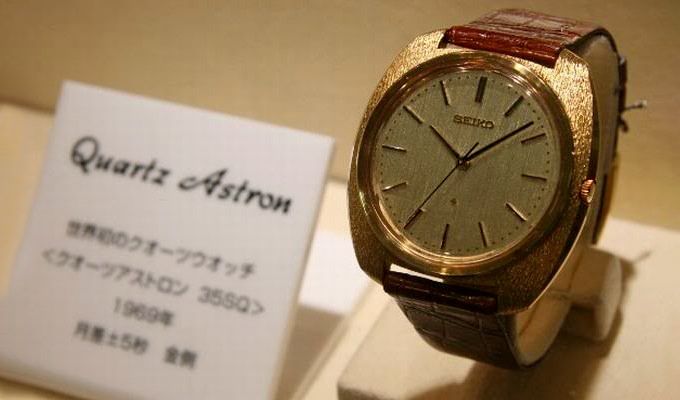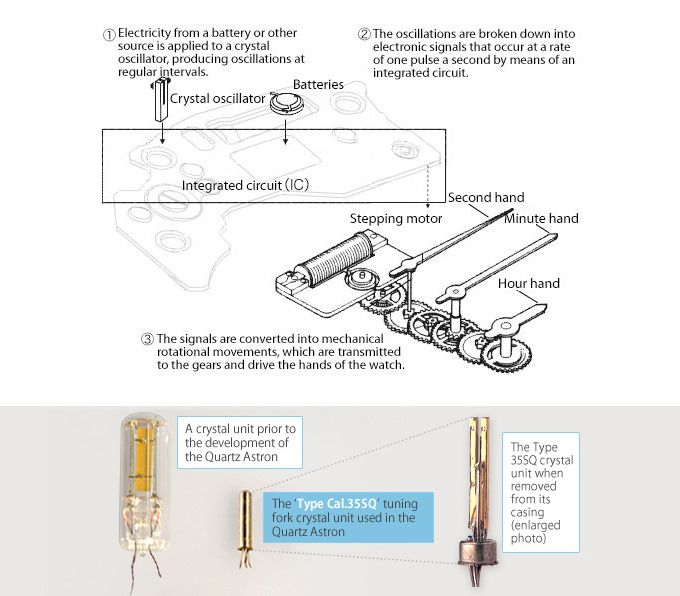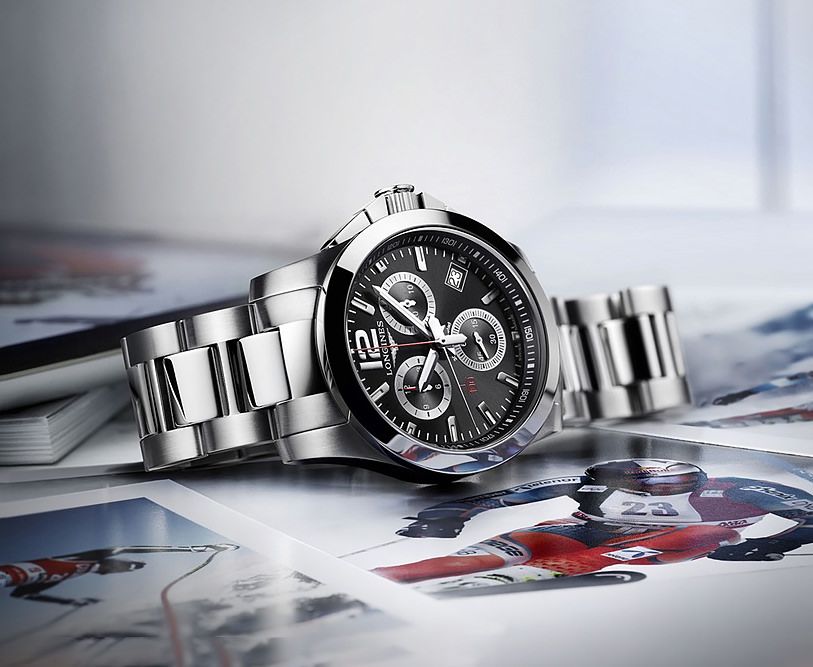FeatureWhat Are Quartz Watches And What Is A Quartz Movement—A Guide To Quartz Movements
The Heart of Modern Watchmaking
May We Recommend
What Are Quartz Watches?
Quartz watches use an electronic oscillator regulated by a quartz crystal to keep time. The most modern and popular form of watch keeping, a quartz movement is high on precision. Generally used in time display in units of hours, minutes and seconds, a quartz movement is the most widely accepted watch movement.

Watch makers excelled with the craft of designing mechanical movement and believed it to be the only reliable form of watch keeping. In the late 1880’s the piezoelectric qualities of quartz were discovered which shifted the paradigm to quartz movement in watches. Referring to this unique quality of crystal oscillators, the first quartz clock was built by Warren Marrison and J.W. Horton in 1927. The wider use of quartz movement was awaited till the discovery of semiconductor digital logic in the 60’s. The Beta-1 of a quartz watch was developed by the Swiss and the Japanese in 1962 and recommended it to be the more reliable and precise way of timekeeping. Seiko launched its first quartz watch to the customers in 1969 and hence is referred to as the father of quartz watches. It appeared on the market in Tokyo on Christmas Day in 1969. With a limited production run of only 100 pieces, these Seiko watches had analog dials and sold for 450,000 yen ($1250), roughly the same price as a Toyota Corolla.

How Does A Quartz Movement Work?
In a modern quartz watch, the crystal resonator is shaped as a small tuning fork that vibrates at the frequency of 32,768 Hz. The resonator acts as an electronic filter that eliminates all but a single frequency of interest. The output of the resonator goes back to the input of the amplifier, and the resonator assures that the oscillator moves with the exact frequency of interest. Standard-quality resonators of this type are warranted to have a long-term accuracy of about 6 parts per million, that is, a typical quartz clock or wristwatch will gain or lose 15 seconds per 30 days hence, making a quartz watch more accurate than a mechanical watch.

Regularly wearing a quartz watch reduces the magnitude of environmental temperature swings, since a correctly designed watch case forms an expedient crystal oven that uses the stable temperature of the human body to keep the crystal in its most accurate temperature range. While a quartz watch is more acceptable in the market today because it is cost effective and precise, the emotional attachment of a mechanical watch is beyond compare.
FAQ
1. Do quartz watches need a battery?
Yes, most regular quartz watches draw power from a battery.
2. Does magnetism affect a quartz watch?
No, most quartz watches are not affected by magnetism, with consistent oscillation.
3. How do I know if my watch is quartz?
The dial might have the word ‘quartz’. Another simple way is to hold the timepiece to your ear. You’ll hear the oscillation from inside far more clearly if the movement inside is a quartz mechanism.
4. Do quartz watches need jewels?
A quartz movement does not usually have jewels; but some might. However, jewels, which are used mainly to reduce friction between parts, are far more essential in mechanical movements.
Click here to read more about the role of jewels as components in watches
5. Do quartz watches need winding?
No, regular, mainstram quartz movements do not require winding. The crown is used only for setting the time, date and to control other functions, if any.







